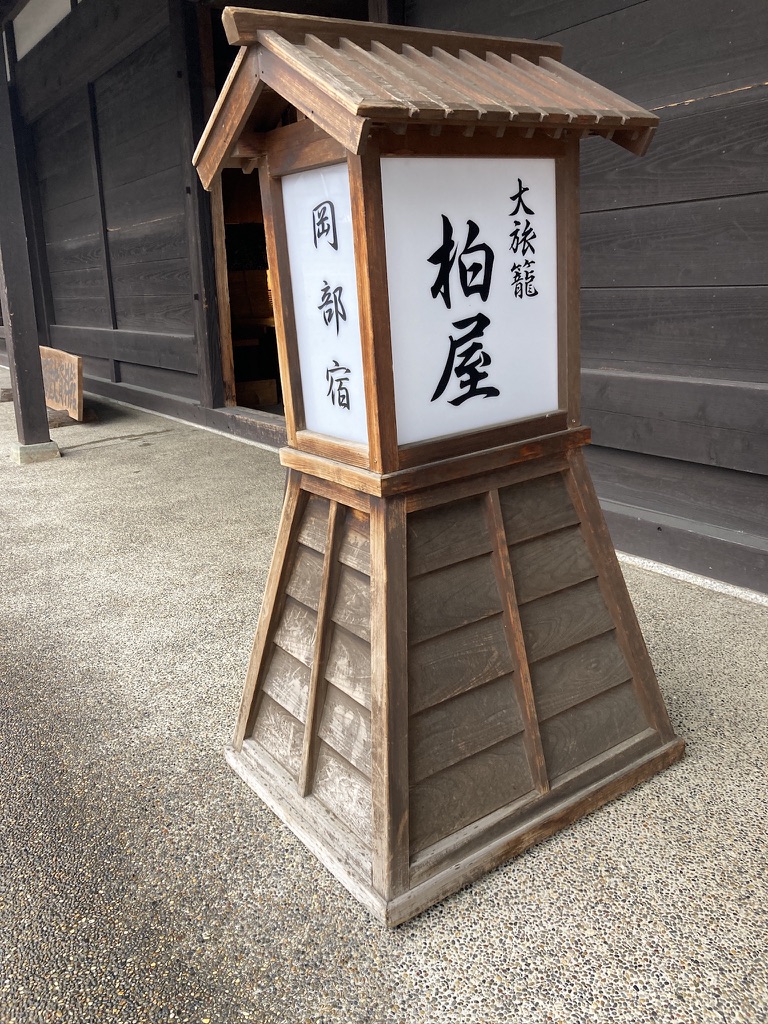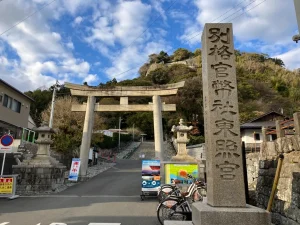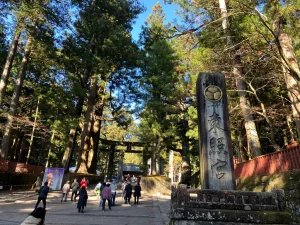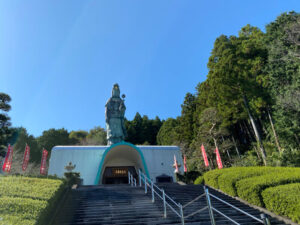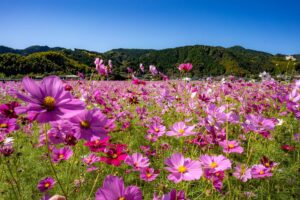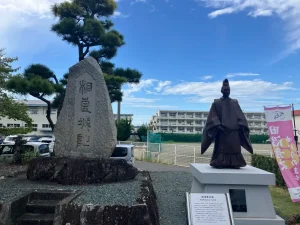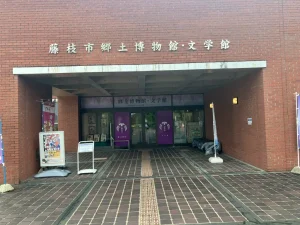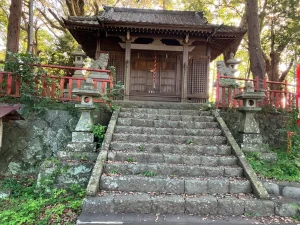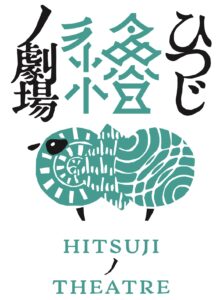This article was created using a translator. There may be expressions that are difficult to understand. If you have any questions, please check by yourself.
Please consult us about anything related to Fujieda City.
CONTACTI visited the Grand Ryokan Kashiwaya in Okabesyuku, one of the 53 Stops on the Tokaido Highway. The entire building is a museum, and I was amazed at the scenery that made me feel as if I had time-traveled back to the Edo period.
The 53 Stations of the Tōkaidō (東海道五十三次, Tōkaidō Gojūsan-tsugi) are the rest areas along the Tōkaidō, which was a coastal route that ran from Nihonbashi in Edo (modern-day Tokyo) to Sanjō Ōhashi in Kyoto.[1] There were originally 53 government post stations along the Tōkaidō, where travelers had to present traveling permits at each station if wanting to cross.
wikipedia
What’s Okabe Syuku Oohatago Kashibaya?
Okabe-syuku Okabe-syuku Grand Lodging Inn Kashibaya was a representative inn of Okabe-syuku, the 21st stop on the Tokaido Highway in the Edo period. An inn is what we now call an inn or hotel where meals are served. In the Edo period, it seems that many travelers and daimyo’s processions passing along the Tokaido Highway stayed at the inn.
In November 1998, after restoration work was completed, it was designated as a Tangible Cultural Property of Japan. And it seems that it was opened to the public in November 2000. It is still in a good state of preservation, and visitors can feel the atmosphere of an inn town in the Edo period.
Translated with DeepL.com (free version)
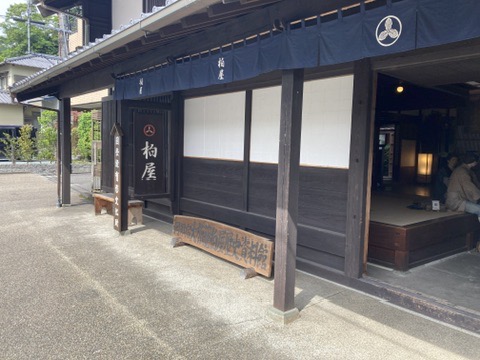
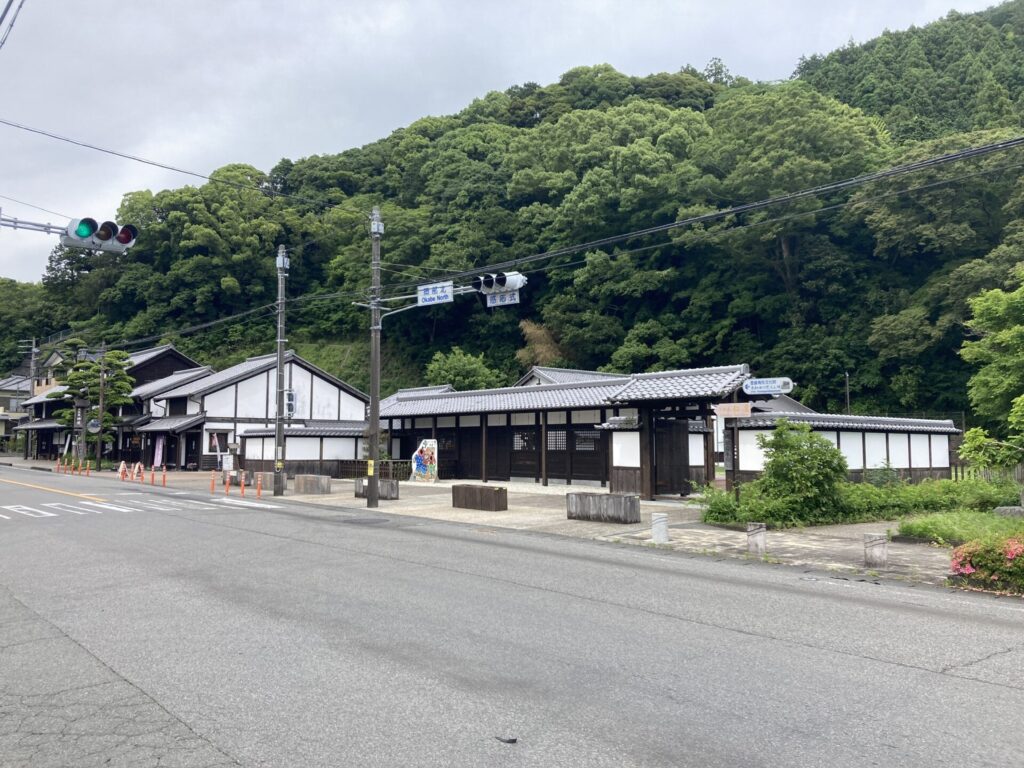
Oohatago Kashibaya Information
To enter Oohatago Kashibaya, you must purchase a ticket at the reception desk. Tickets are 300 yen for adults (free for junior high school students and younger).
When you enter Oo Ryorome Kashibaya, you will be surprised!
You are greeted by a traveler and the proprietress~!
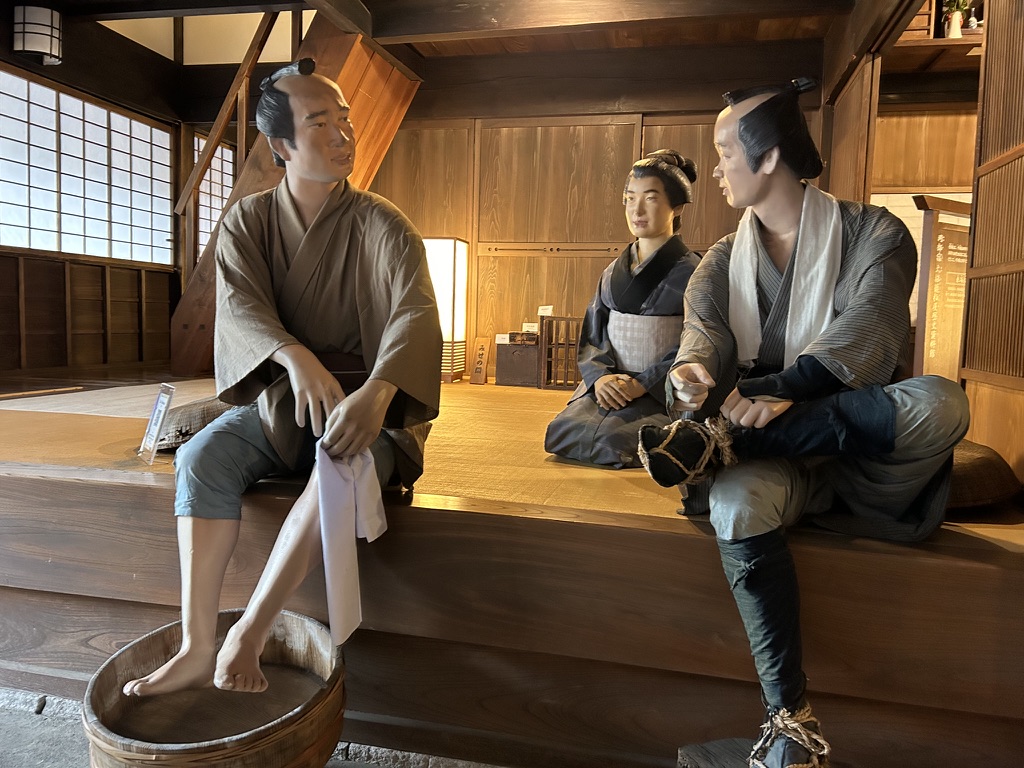
This is Yaji-san Kita-san.
Yaji-san Kita-san is a humorous character who appears in “Tokaido Chu Hizakurige”, a comic book written in the late Edo period by Jippensha Ikku, a native of what is now Shizuoka City.
Travelers wash their feet here before entering.
The Buddhist room where the innkeeper resides. You can feel as if you are the master.
Tōkaidōchū Hizakurige (東海道中膝栗毛), abbreviated as Hizakurige and known in translation as Shank’s Mare, is a comic picaresque novel (kokkeibon) written by Jippensha Ikku (十返舎一九, 1765–1831) about the misadventures of two travelers on the Tōkaidō, the main road between Kyoto and Edo during the Edo period. The book was published in twelve parts between 1802 and 1822.
wikipedia
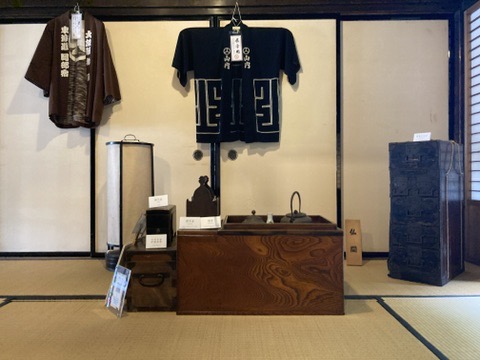
Upstairs, Yaji and Kita are at it again💦.
You are being served by the lady of the house. Basically, it looks like common people were staying in rooms like this.
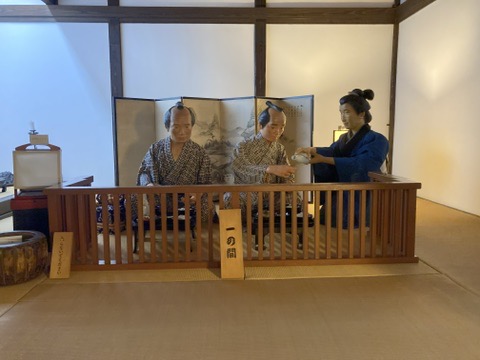
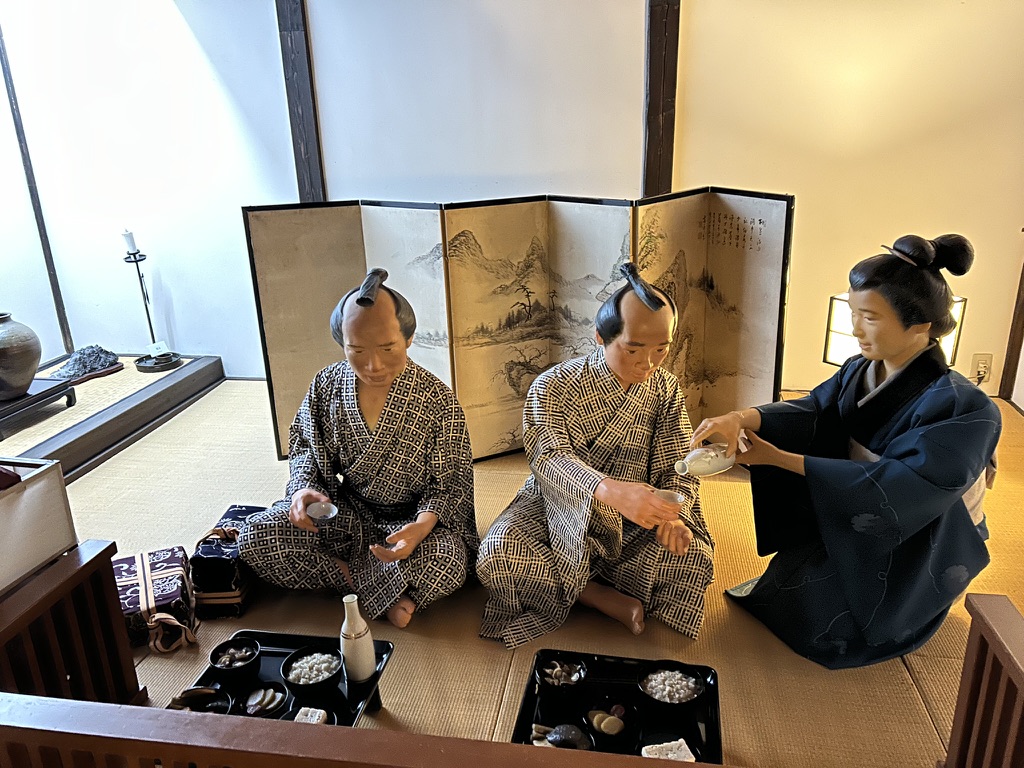
On the second floor, various small articles used in the Edo period are on display.

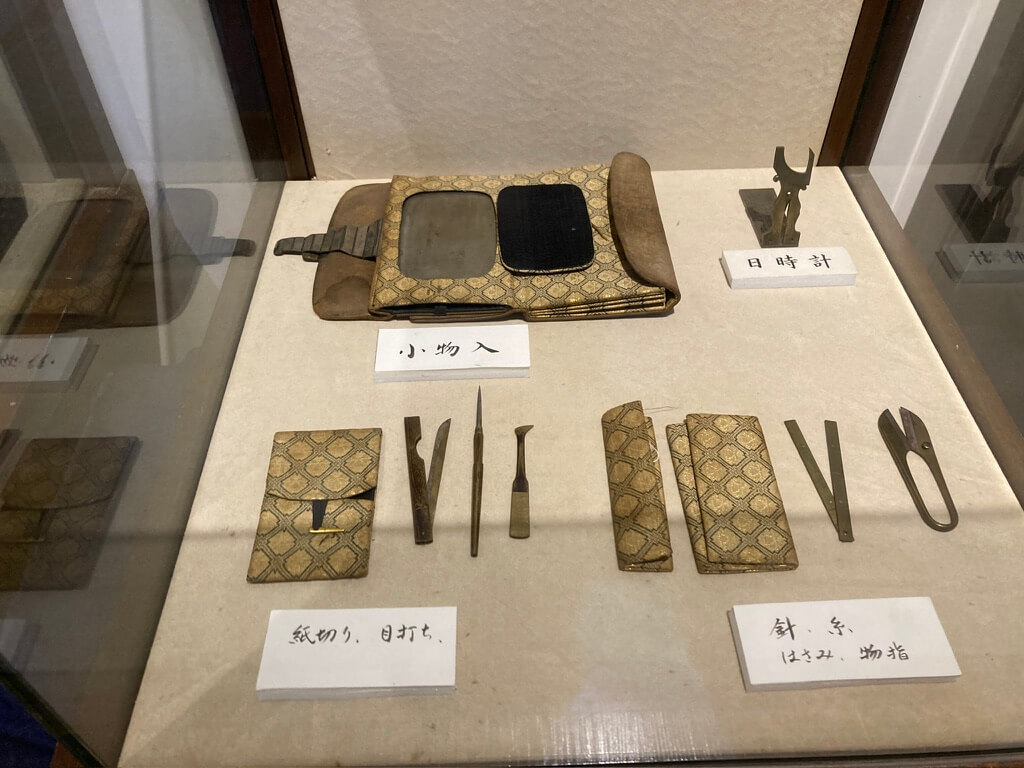
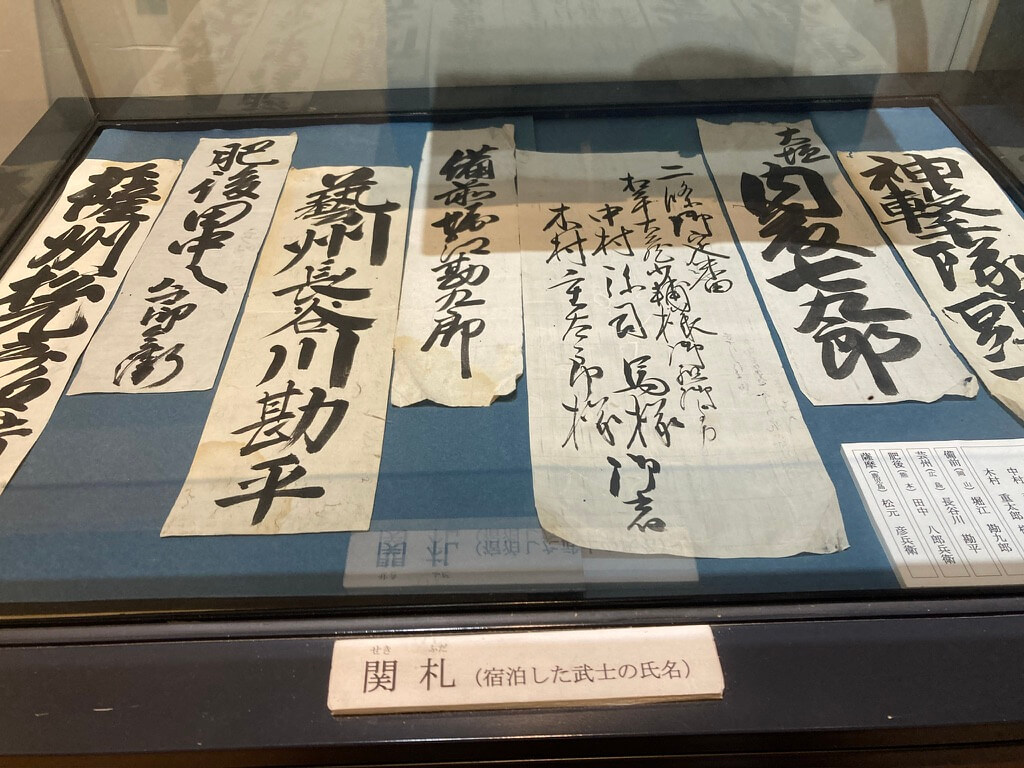
Also on the first floor are rooms for people of higher status than the common people, such as samurai.
Compared to the common people’s room on the second floor mentioned earlier, it is bigger and brighter, and overlooks a nice garden. How luxurious!
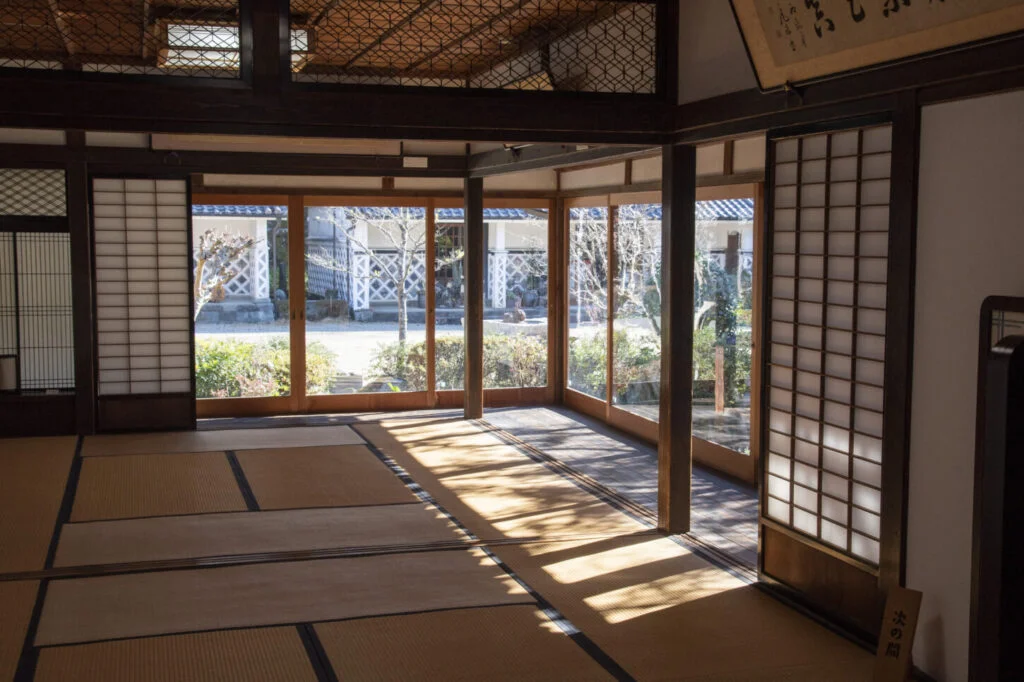
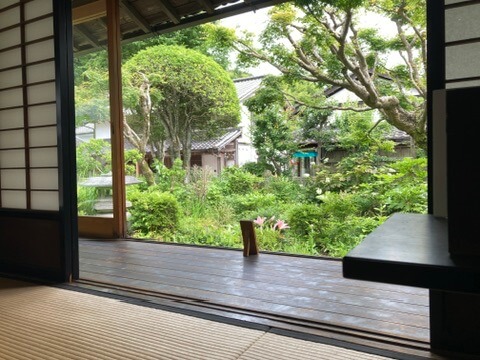
This is a kitchen. This is where they cooked and entertained travelers.
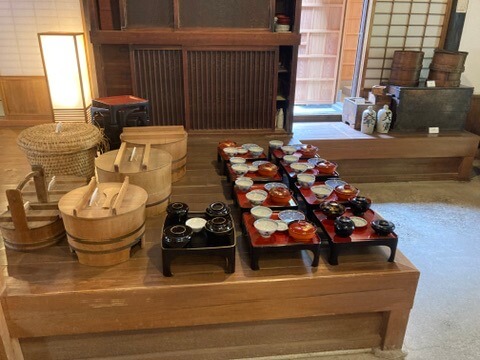
There are also other galleries and a café on the premises.
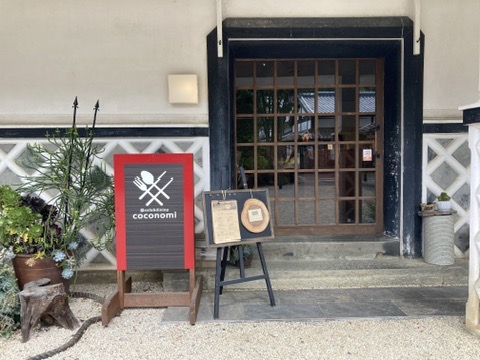
footbath
There is an actual footbath inside Oohatago Kashibaya. The footbath has been available on Saturdays, Sundays, and holidays since April 2024 as part of the “Bath History Experience Building,” where visitors can experience the history and culture of the bathhouse.
Incidentally, on March 23, 2024, there was an event to celebrate the completion of the footbath, and I served as a demonstrator for travelers soaking in the footbath.
For more details, please refer to the following article.

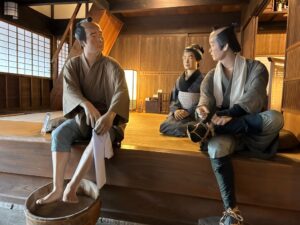
Kashibaya Bussan Kan
Right next door to Dai Oohatago Kashibaya is the Kasibaya product store, where you can buy souvenirs unique to Okabesyuku and Fujieda, and even have a quick snack.
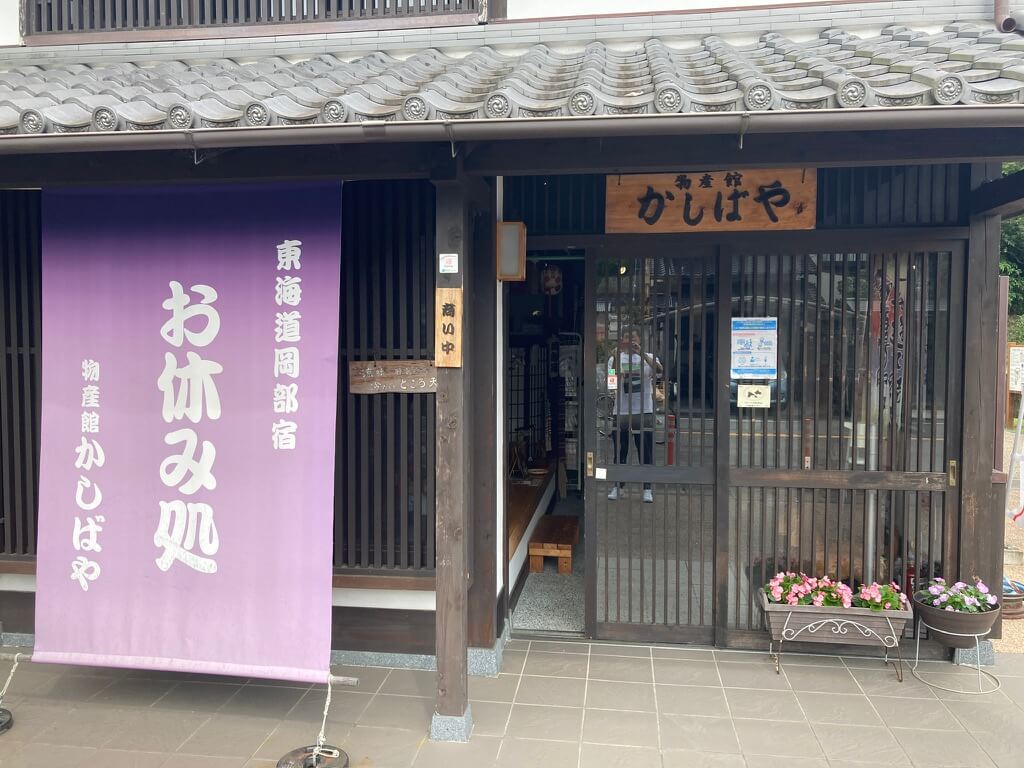
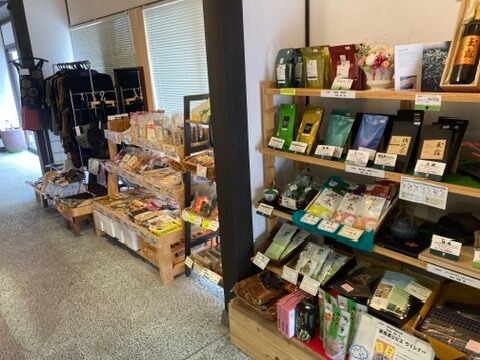
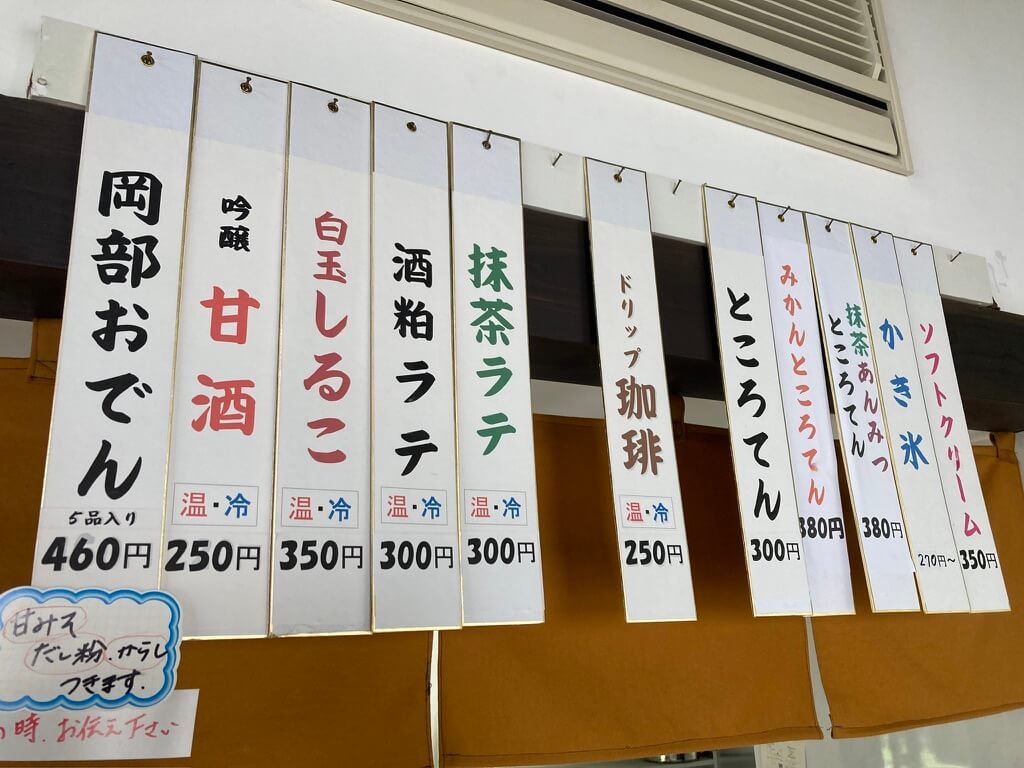
Okabe-syuku Honjin Site
Next to Oohatago Kashibaya is the site of the Okabesyuku Honjin. Honjin is a building where people of high status stayed at inns from the Edo period onward. Daimyo (feudal lords) and officials of the shogunate would stay here.
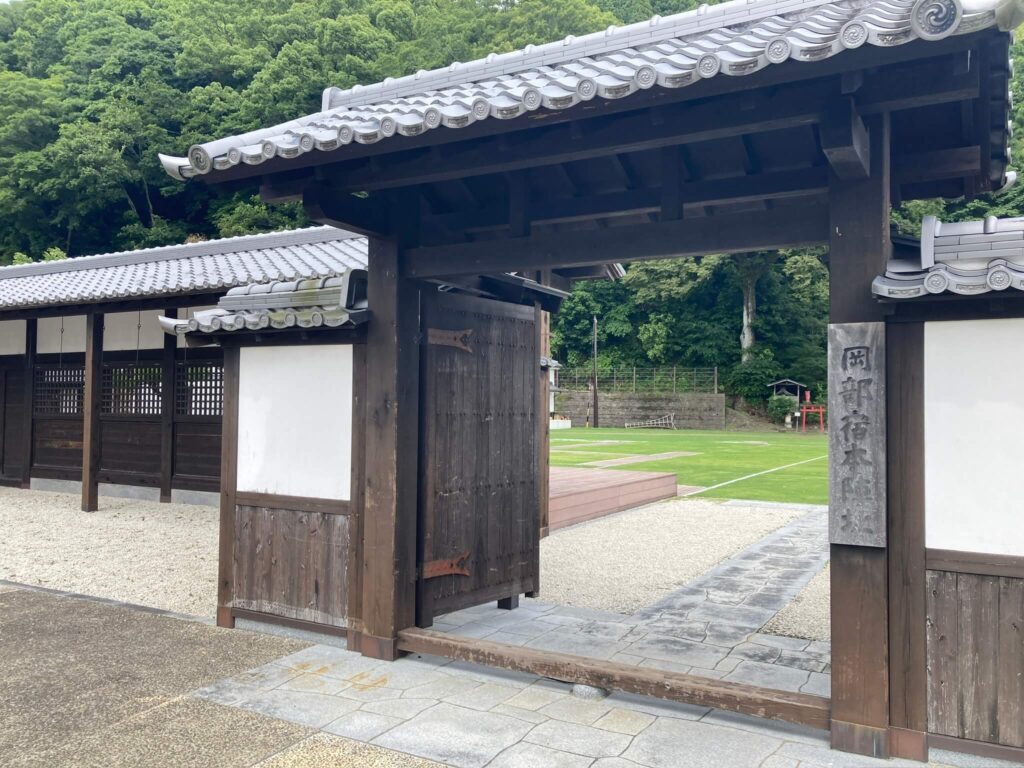
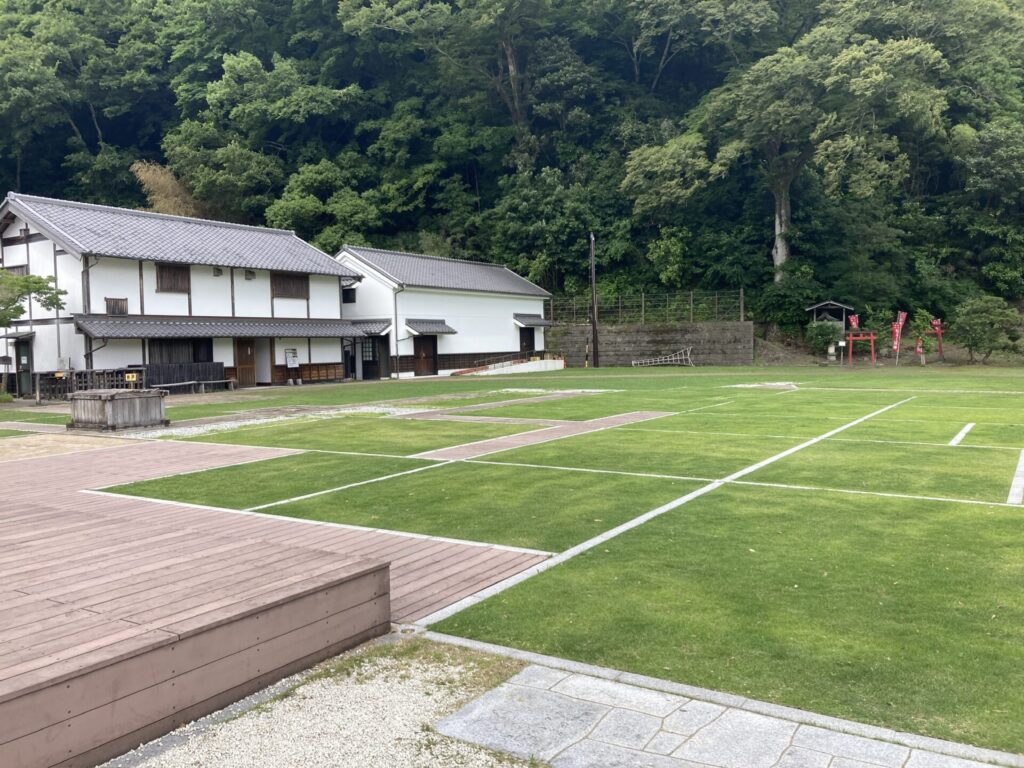
Exhibition and Training Building
Attached to the main camp site is an exhibition and training building. When I visited in May 2024, there was a replica of an ukiyoe print of the 53 Stages of the Tokaido from Kambara-juku (now Shimizu-ku, Shizuoka City) to Fujieda-juku.
How cool!
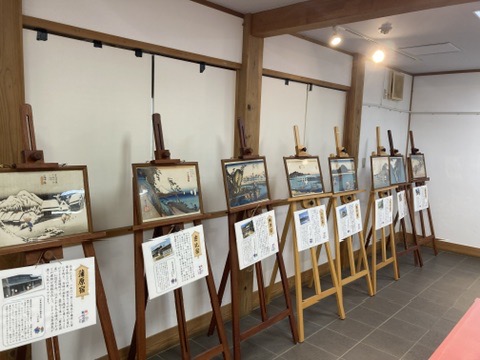



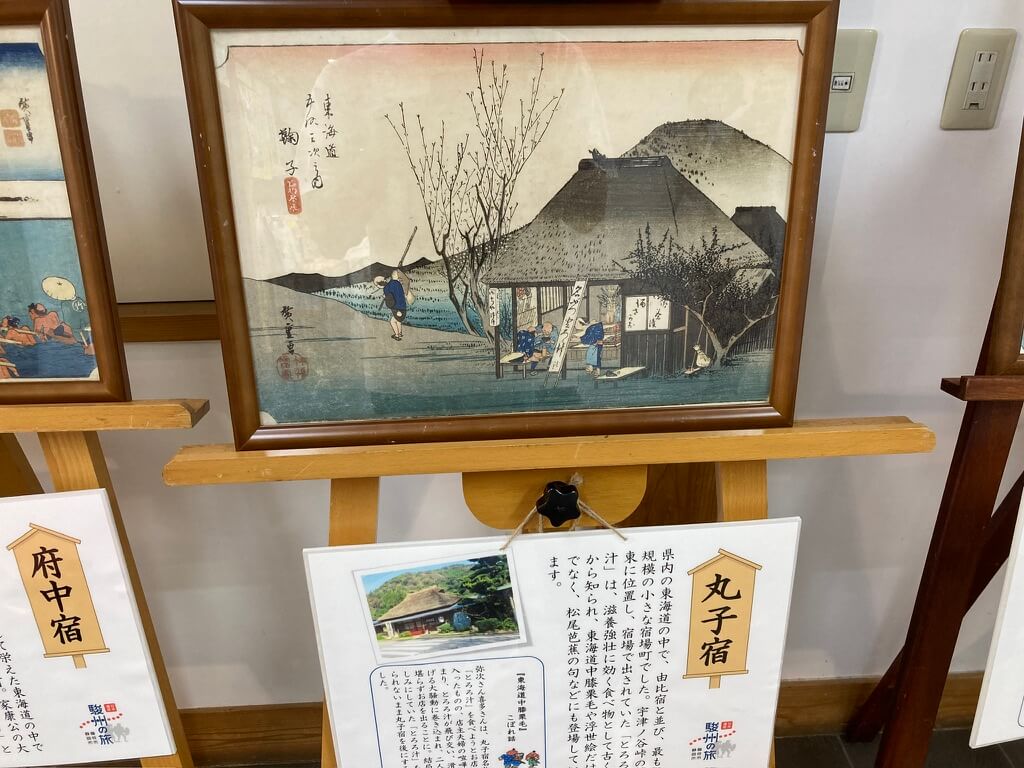
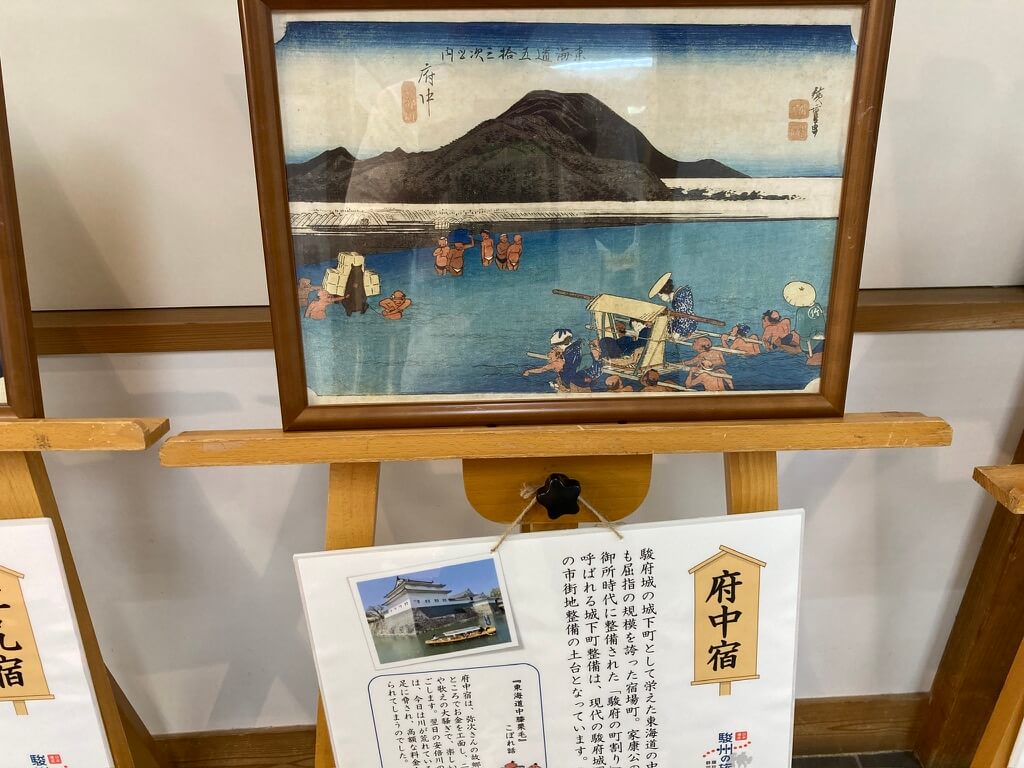
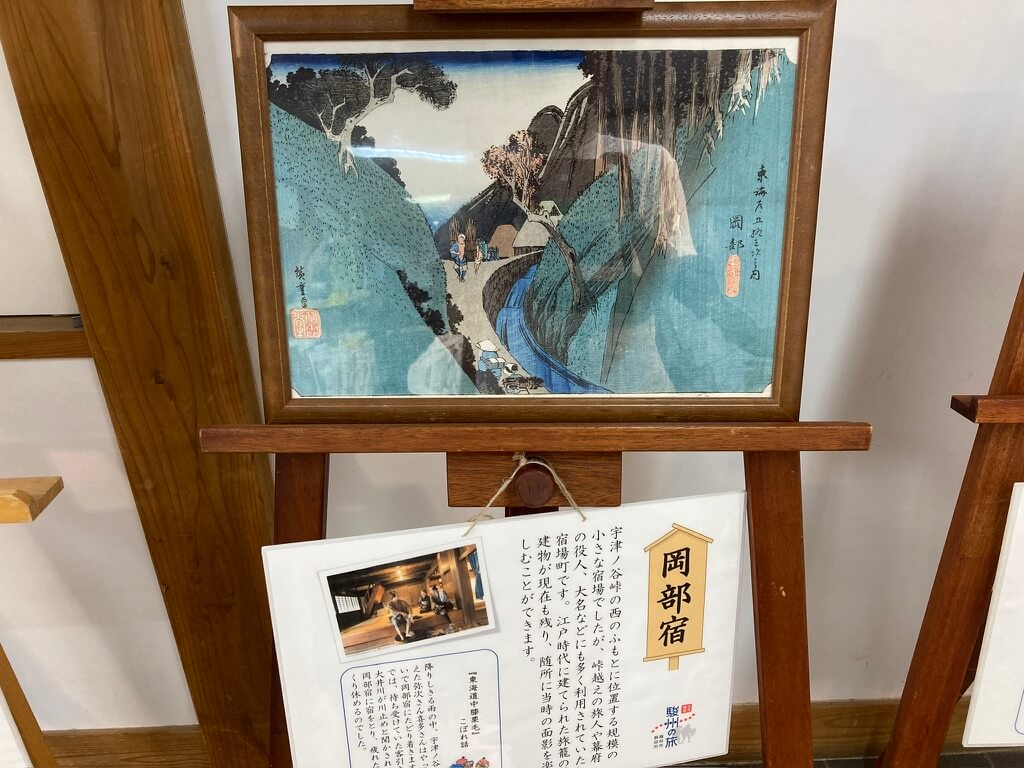
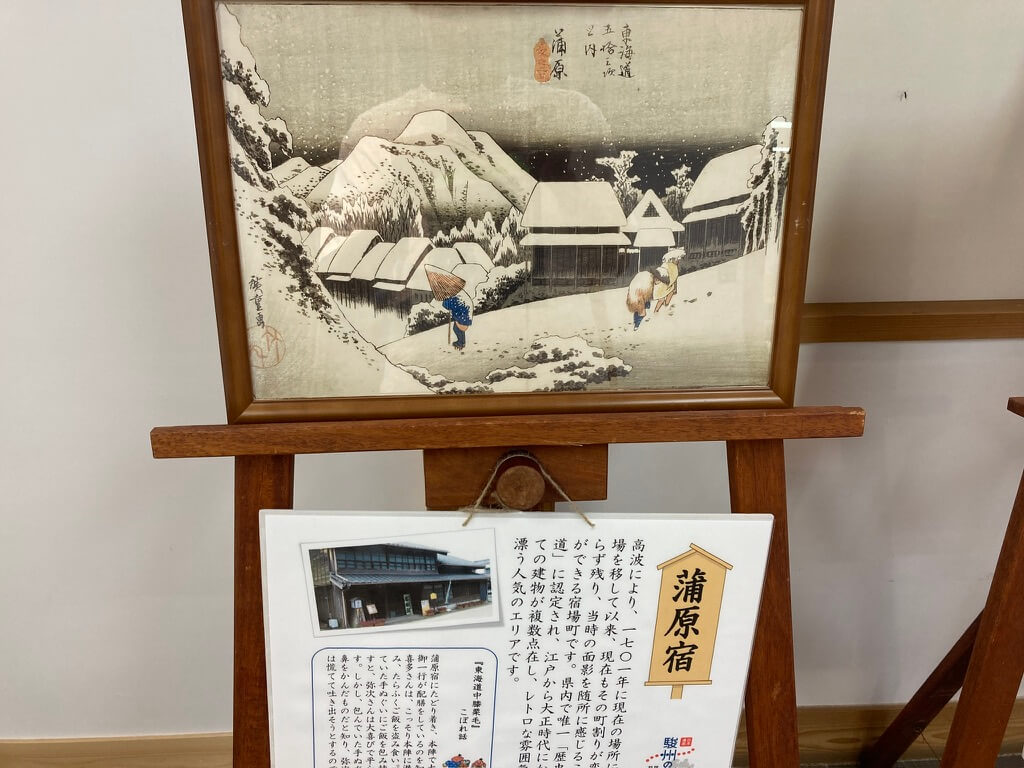
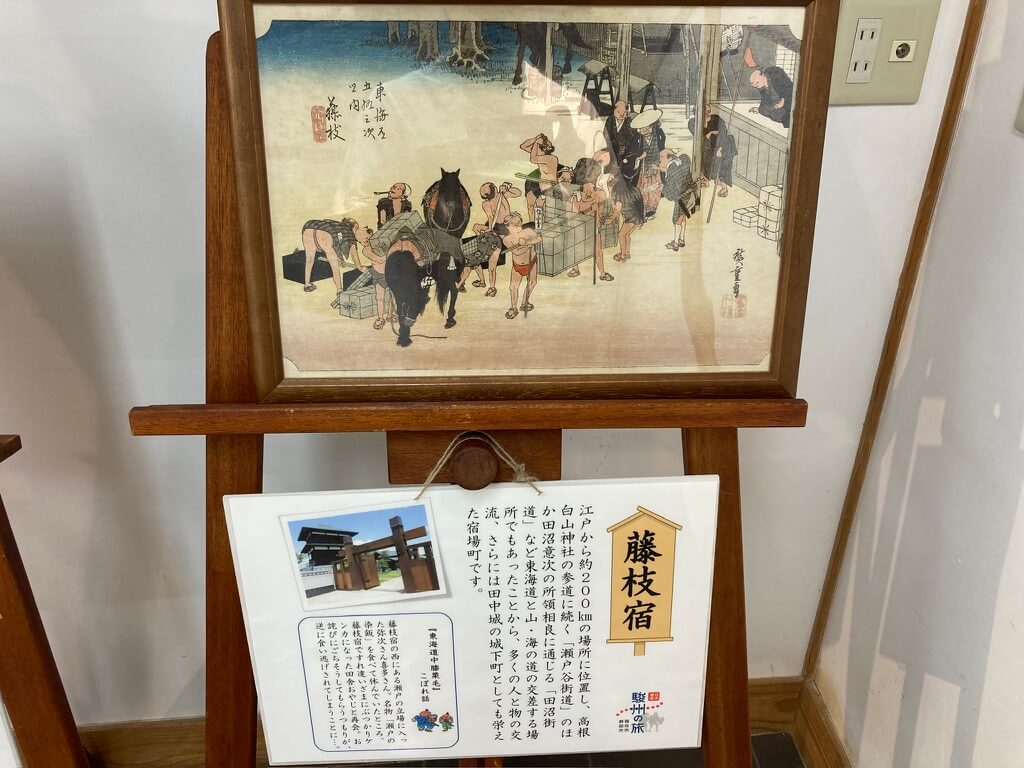
shared cycle
There is also a shared bicycle service called “hello cycling” that I often use, so you can visit while cycling. You can register and use the app.
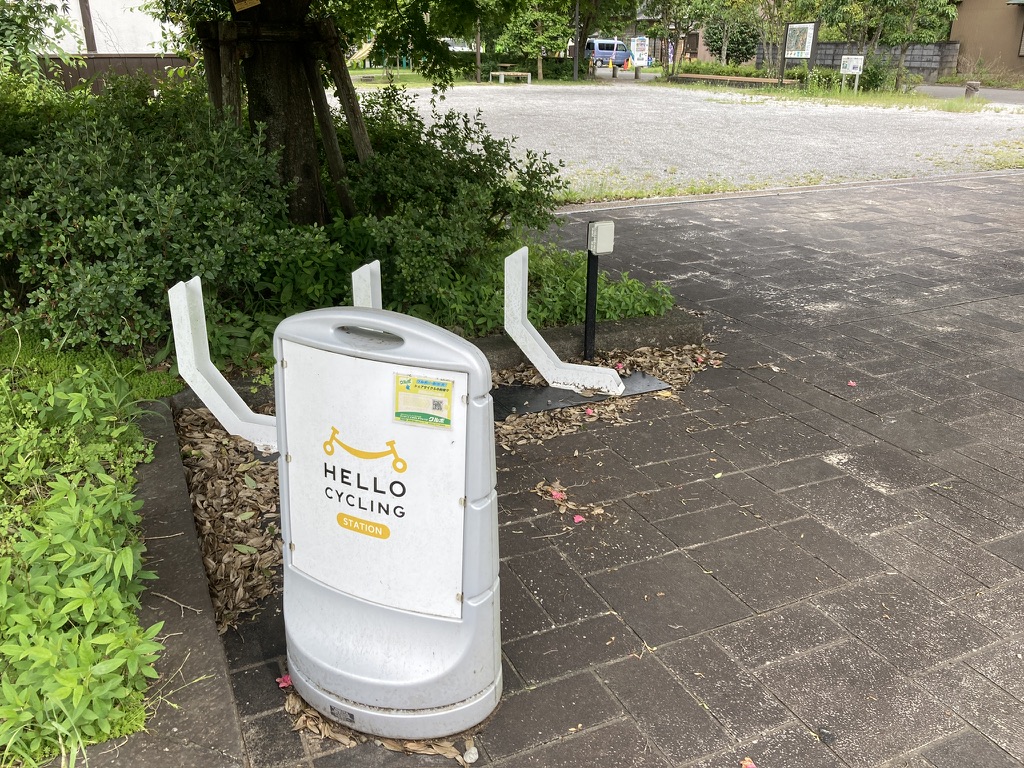
NAME:Okabesyuku Oohatago Kashibaya
Opening Hours:9:00 a.m. – 5:00 p.m. (Admission until 4:30 p.m.)
closed day:Mondays and year-end and New Year holidays (or the following day if Monday is a national holiday)
admission fee:¥300
Address:817 Okabe Okabe-cho, Fujieda-shi, Shizuoka 421-1121


